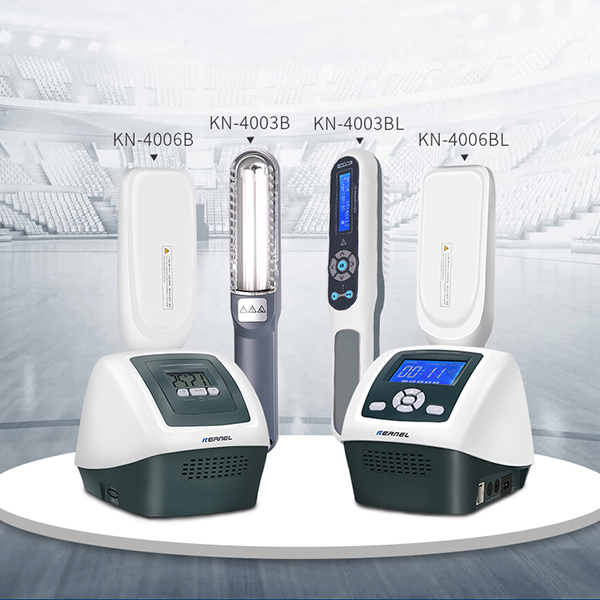
Cognition about narrow UVB Phototherapy
2021-09-13 14:501) WHAT IS NARROW BAND UVB LIGHT PHOTOTHERAPY?
UVB Phototherapy utilizes specialized light bulbs to treat various inflammatory skin conditions like psoriasis or eczema. Historically, exposure to natural sunlight was often associated with improvement of certain skin disorders. UV refers to the ultraviolet light spectrum. Narrow band refers to a few very specific wavelengths of light in the ultraviolet spectrum. These wavelengths were studied and found to be just as beneficial to your skin as the entire UV spectrum.
2) HOW DOES LIGHT THERAPY WORK?
Ultraviolet rays decrease skin inflammation when dosed properly.
3) WHAT SKIN CONDITIONS CAN LIGHT THERAPY TREAT?
Psoriasis, eczema, vitiligo, generalized itch, cutaneous lymphoma, lichen planus, and other rare skin conditions all can benefit from narrow band UVB light therapy.
4 ) WHAT HAPPENS DURING A LIGHT THERAPY APPOINTMENT?
A person enters a stand-up light booth- much like a typical tanning bed- lined with 48 specialized UVB light bulbs. During treatment, clients wear clothing that exposes the areas of skin to be treated, and leave any areas of healthy or unaffected skin covered. Patients wear safety goggles to protect their eyes from UV light. The machine is programmed to deliver a specific dose of light and most sessions last between 1-10 minutes.
5) HOW FREQUENTLY DOES ONE NEED LIGHT THERAPY?
Most dermatologists recommend light therapy two to three times a week for eligible skin conditions. Treatment may be decreased to one or two days a week once a client’s skin has improved to a level they are happy with. It can often take thirty or more visits to properly judge if UVB therapy is effective for a client. Depending on the skin condition and its severity, some clients may only need light therapy for a short period of time, whereas others require ongoing treatment.
6) WHAT A RETHE RISKS OF LIGHT THERAPY?
The most common side effect is a mild sunburn. More severe sunburns are also possible. If proper eye protection is not worn, visual damage is possible.
7) HOW CAN I LOWER THE RISKS OF LIGHT THERAPY?
Consistency is key with light therapy. Ensure the same clothing is worn for each treatment to reduce the risk of burning areas not usually exposed to the light. Once or twice a year it is advised to take a month break from light therapy and have a skin check, performed by a physician, to look for any concerning skin spots.
Ask your pharmacist if any medication you are taking affects how your skin absorbs light. These medications do not need to be stopped, but the dose of light can be adjusted to make your treatments safer. Always let your phototherapy practitioner know if you’ve had a change to your medications.
8 ) HOW CAN I GET NARROW BAND LIGHT THERAPY?
A referral is required by your family physician or dermatologist to receive a light therapy consultation. Then you can go to hospital to have light therapy or order the light therapy device for home use treat the lesion parts under the dermatologist's guidance

